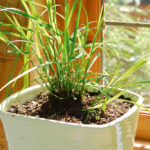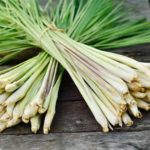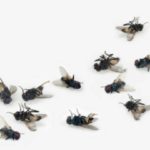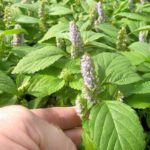Perilla leaves, often seen in Korean restaurants in Vietnam, can be mistaken for basil at first glance. But despite their similar appearance, 9 out of 10 people will be surprised by its expensive price tag. Let’s explore this unique leaf and its origins.
1 What is Perilla Leaf? Its Origins
Perilla leaf, also known as sesame leaf, Vietnamese coriander, or Korean perilla, originates from Korea. However, due to its high demand as a flavorful herb, it is now widely cultivated in Vietnam.
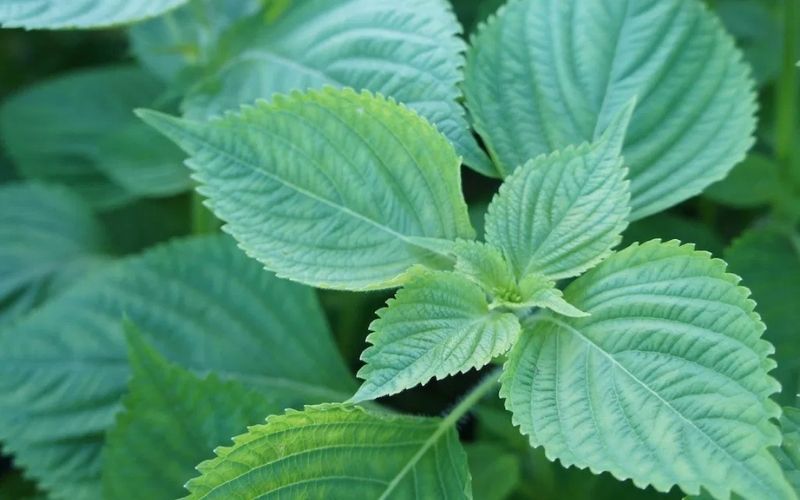 Perilla leaves are aromatic herbs native to Korea.
Perilla leaves are aromatic herbs native to Korea.
2 Characteristics of Perilla Leaves
Appearance
Perilla leaves resemble Vietnamese perilla or basil in appearance. They are large, about the size of a palm, and both sides of the leaf are green.
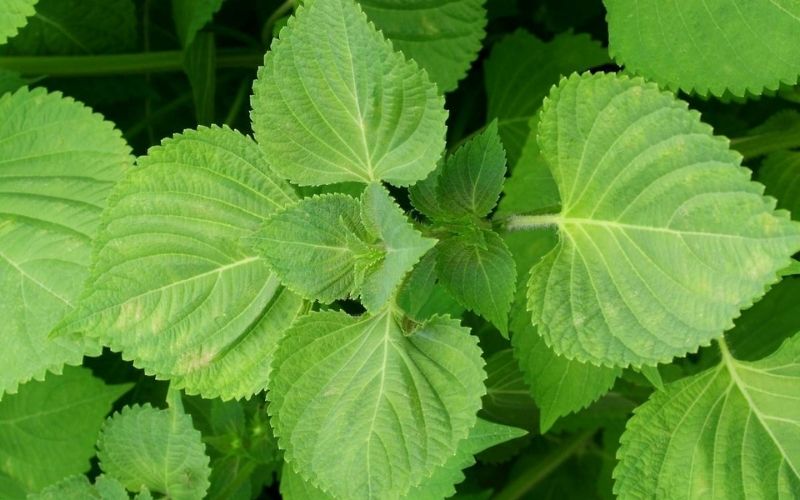 Perilla leaves look similar to Vietnamese perilla or basil.
Perilla leaves look similar to Vietnamese perilla or basil.
Flavor
Perilla leaves have a unique flavor that blends the tastes of mint and basil, making them versatile in various dishes. They are commonly used for sushi, grilled dishes, and BBQ. Perilla leaves also enhance sauces, salads, and spicy dishes.
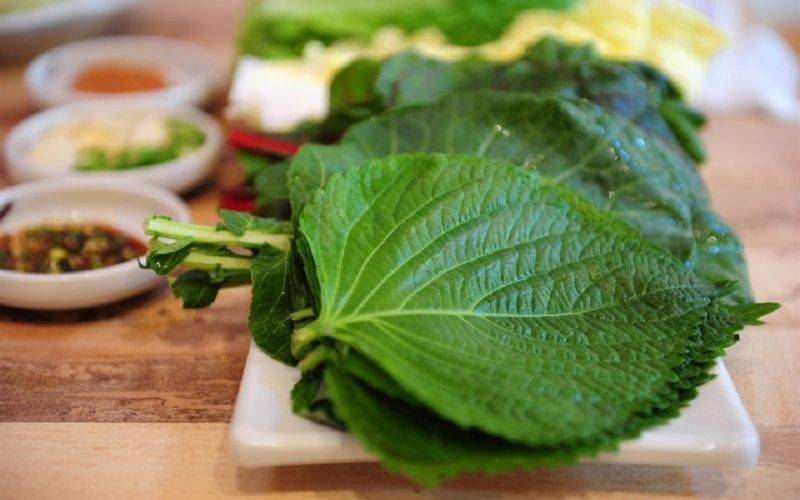 Korean perilla leaves have a fragrant aroma that blends mint and basil flavors.
Korean perilla leaves have a fragrant aroma that blends mint and basil flavors.
3 How is Perilla Leaf Different from Vietnamese Perilla?
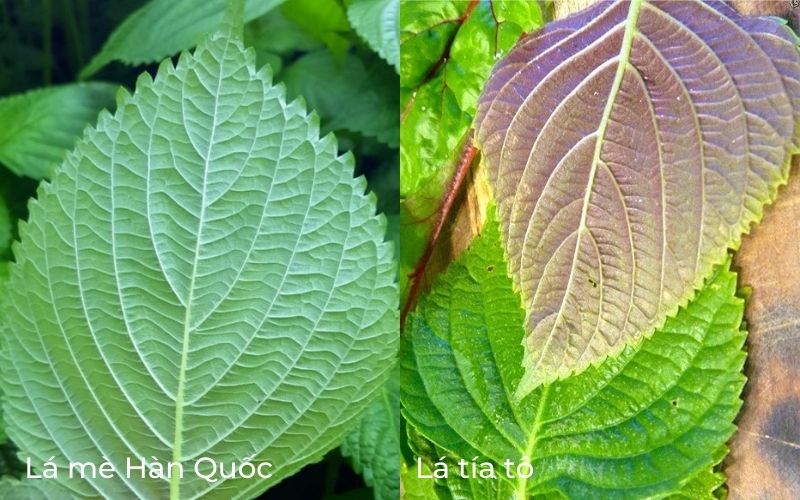 Korean perilla leaves and Vietnamese perilla look similar, but there are distinct differences between the two.
Korean perilla leaves and Vietnamese perilla look similar, but there are distinct differences between the two.
At a glance, Korean perilla leaves and Vietnamese perilla may seem indistinguishable, but there are some key differences to note:
– Shape and Size: Perilla leaves are oval-shaped and longer, measuring 12 – 18 cm in length, while Vietnamese perilla leaves are also oval but smaller, ranging from 8 – 13 cm in length.
– Color: Perilla leaves are green on both sides and have green veins. In contrast, Vietnamese perilla leaves have purple veins and a purple or dark purple underside. Some varieties have purple on both sides.
– Flavor: Korean perilla leaves have a fragrant aroma that blends mint and basil flavors. On the other hand, Vietnamese perilla has a stronger, spicier scent and a distinctive pungent taste.
4 Benefits of Perilla Leaves
Rich in Vitamins and Minerals
Health experts suggest that perilla leaves are highly beneficial for the body as they contain essential components such as vitamins A, B, C, and E, along with minerals like calcium, iron, phosphorus, and potassium.
 Health experts recommend perilla leaves for their nutritional benefits.
Health experts recommend perilla leaves for their nutritional benefits.
Repels Mosquitoes
Rubbing perilla leaves on the skin is an effective way to keep mosquitoes and insects at bay as they detest the leaf’s aroma.
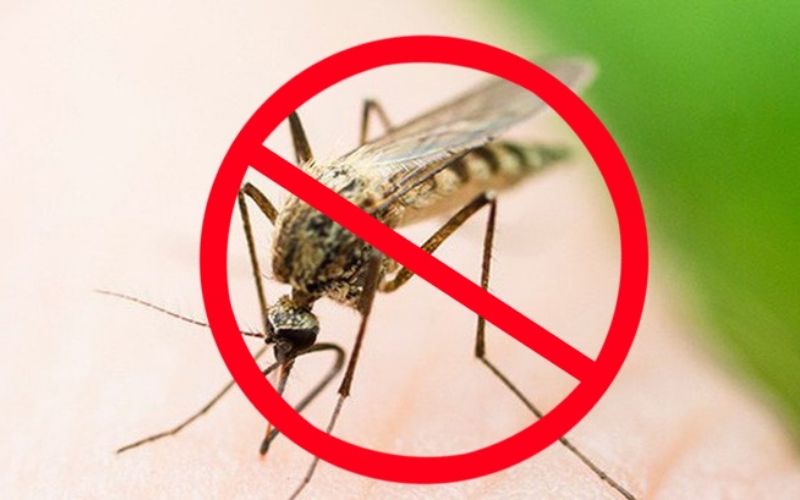 Mosquitoes and insects are repelled by the scent of perilla leaves.
Mosquitoes and insects are repelled by the scent of perilla leaves.
Treats Colds and Digestive Issues
Dried and powdered perilla leaves, mixed with dried orange peel, ginger, and licorice, are a traditional remedy for common colds and digestive problems.
 Perilla leaves are also used as a natural remedy for colds and digestive issues.
Perilla leaves are also used as a natural remedy for colds and digestive issues.
5 Price and Availability of Perilla Leaves
Due to the high demand for perilla leaves, they are now widely cultivated in various provinces of Vietnam, making them more accessible.
You can purchase high-quality perilla leaves from reputable sources such as agricultural markets, supermarkets, grocery stores, or online retailers. Prices typically range from 50,000 – 75,000 VND per kg, or you can buy a few leaves for around 10,000 VND per bag, depending on the seller.
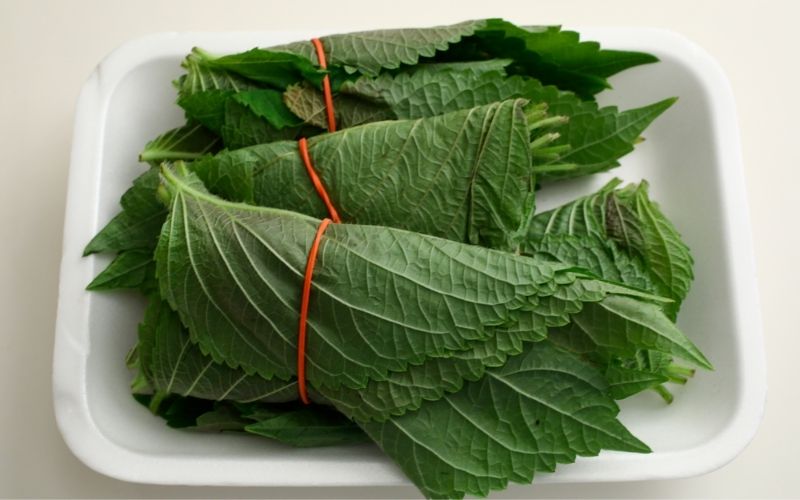 Korean perilla leaves are now widely available in Vietnam.
Korean perilla leaves are now widely available in Vietnam.
We hope that this article has provided you with valuable insights into Korean perilla leaves and their nutritional benefits. Stay healthy and happy cooking!
16 Best Houseplants to Keep Mosquitoes Away
Having to deal with pesky insects such as flies and mosquitoes is something that most of us have probably experienced. Not only do these troublesome critters cause unsanitary spaces, they can also spread infectious diseases. While insecticides do the job, why not try something a little different and opt for plants to repel these insects while adding to the aesthetics of your home? Read on to learn more about the following plants that could help.

























